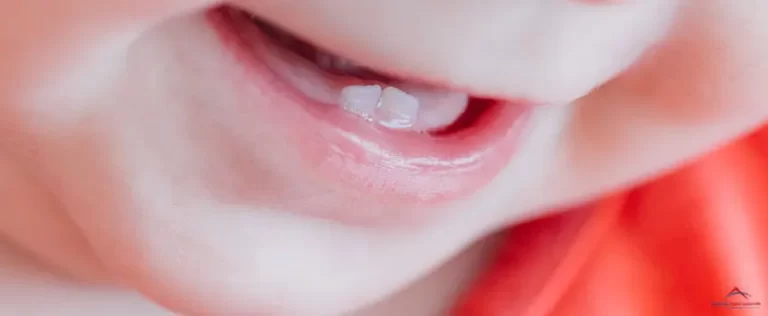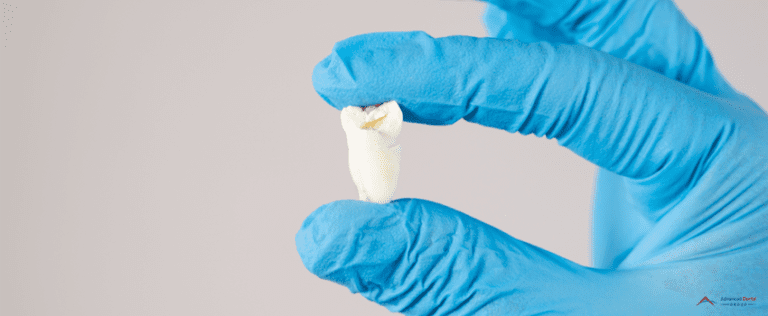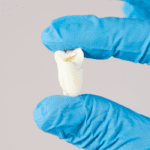Sometimes, children may need sedation dentistry during their treatments. Although it’s normal for them to feel anxious about their dental appointment, their anxiety may get in the way of the treatment they need. Some treatments may require your child to lie still, or they may feel terrified of some of the dentist’s tools.
It’s also normal for you to feel concerned about your child’s safety. To help ease some of your worries, here’s some information on pediatric sedation dentistry and what you can do for your child before, during, and after their dental procedure under sedation.
What Is Sedation Dentistry?
Dentists use mild sedatives to help manage anxiety and special needs while your child receives dental care. They often use it for performing multiple procedures, safety concerns, or for children with strong gag reflexes. This way, your child may feel more comfortable during their dental procedure.
Most sedatives used for these procedures don’t control pain or discomfort or put your child to sleep; instead, they just calm them down. After your child has been given sedation, the dentist will administer anesthetics through an injection to numb the area they need to treat, keeping it pain-free during the entire procedure.
Types of Sedation for Children
Your child’s dentist can administer different types of sedation based on your child’s health and the procedure they will undergo. These may include:
Nitrous Oxide
Also known as “laughing gas,” nitrous oxide is the least invasive of all sedation types. Children breathe in nitrous oxide mixed with a bit of oxygen. They may feel more relaxed, but not enough to get them to sleep. They may also feel silly or lightheaded, and some may not like the feeling.
Mild Sedation
This medication or a combination of medications is commonly used for older children and adults. Your child will be awake, calm, and sometimes capable of doing what the surgeon or dentist asks. They may also forget certain details of the procedure.
Moderate Sedation
Moderate sedation is better for older children and young adults than for fearful and younger children. Children under moderate sedation are generally more tired but can still complete tasks their dentist or surgeon asks of them. They can normally breathe independently, get up more quickly, and may not remember anything about the procedure.
Deep Sedation
Deep sedation involves IV sedation dentistry medications to help your child fall asleep during the procedure. Your child may still make sounds or move a bit but not breathe well on their own. An additional qualified professional will be there to monitor your child’s heart rate and blood pressure until they wake up. They can also determine if your child is ready to go home.
General Anesthesia
Your child will fall asleep and won’t feel any pain under general anesthesia. Anesthesia professionals with special training will administer the medication and monitor your child while an oral surgeon or dentist performs the procedure. Anesthesia may only be given in a fully-equipped dental office, an ambulatory surgical center, or a hospital.
Is Sedation Dentistry Safe for Children?
The American Academy of Pediatric Dentistry (AAPD) and the American Academy of Pediatrics (AAP) have updated their guidelines regarding sedation dentistry. Sedation should only be performed in the presence of two people who can offer advanced life support in emergencies. One of them should be the dentist or oral surgeon performing the procedure, and an independent observer who may be a dental anesthesiologist, certified registered nurse anesthetist, oral surgeon, or physician anesthesiologist.
How To Prepare for Pediatric Sedation Dentistry
You may receive specific drinking and eating instructions based on your child’s age. Always follow these rules:
For Infants Younger than 12 Months
- Feed formula-fed babies up to six hours before their scheduled arrival time.
- Breastfeeding babies can nurse up to four hours before they arrive at the clinic.
All Children
- Don’t eat solid food or non-clear fluids after midnight on the night before their procedure. This includes milk, juices with pulp, chocolate, chewing gum, and candy.
- Your child may drink clear liquids up to two hours before their arrival time.
- If your child needs medication, you may give it to them unless your child’s doctor or nurse specifically instructs you not to.
How to Comfort Your Child During Sedation
It can be challenging to watch your child get sedated. Children are sensitive to the presence of their parents, and you can help them by remaining calm and positive.
You can help your child in many ways, even if you feel uncomfortable.
- Talk, sing, or whisper to your child. Your voice can help reassure them that you’re there.
- Bring a “comfort” item, like their favorite toy or stuffed animal, for your child to hold as they get their sedation.
- Touch your child to let them know you’re there with them. Touch their hair or hold their hand to help them feel your presence.
What To Expect After Sedation
You will be asked to return to the room after the procedure. The time it takes for the medication to wear off may vary; some children take longer than others to recover from the sedative.
Each child may react in different ways when they come out of sedation. After sedation, they may cry, become fussy, vomit, feel sick, or confused. These are all normal reactions and will disappear as the sedation medication wears off.
Your child may also feel groggy, dizzy, or nauseous after getting discharged. They should take the day off and rest.
Aftercare
Here are some of the things you should remember when you get home after your child’s procedure:
- Your child’s throat, nose, and mouth may feel numb for up to two hours, and their gums or mouth may feel tender for several days, depending on the type of procedure they had.
- Be careful what your child eats or drinks for the next two hours. They may eat soft foods, but make sure they don’t bite their tongue or the inside of their mouth.
- Your child should rest at home and take the day off from school or daycare. Let them relax for the rest of the day.
- Your dentist will inform you of your child’s follow-up visit.
Key Takeaway
Sedation dentistry for children may be necessary for various reasons, like a strong gag reflex and anxiety. Dentists also offer different levels of sedation to address their needs better. Children’s sedation dentistry is safe with guidelines that dentists strictly follow. You must also follow instructions to help prepare your child for getting sedated.
Give your child an excellent dental experience at Advanced Dental Group.
Our affiliate dentists in Dillon, CO, provide oral sedation dentistry services to help their young patients receive the necessary treatments while ensuring their safety and comfort. Call us today, and we’ll connect them to you as soon as possible.





